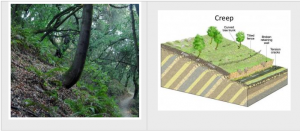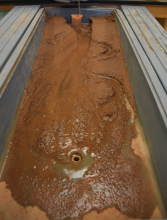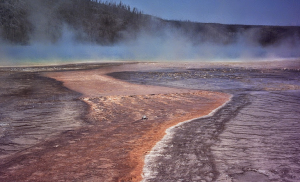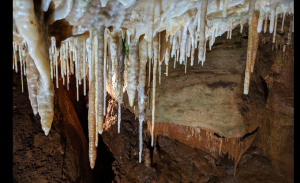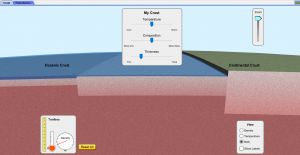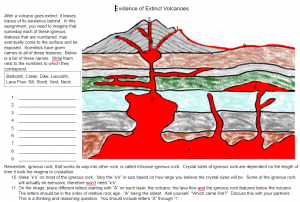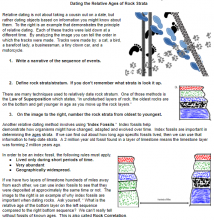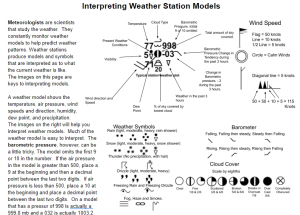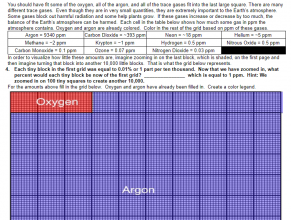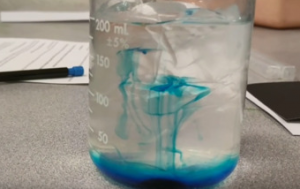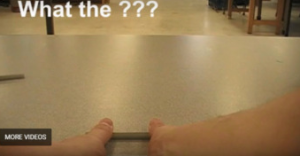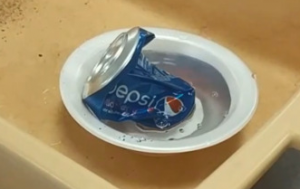In this activity students will discover information about the four mass movement types: creeps, slides, falls, flows, slumps.
Science Resources
In this observation lab, students will use stream tables to observe how rivers form.
In this assignment, students will research 6 water features that are found in Yellowstone National Park.
In this assignment students will find images of the most common formations found in caves: helictites, stalactites, stalagmites, flowstone, cave po
In this activity, students get to know Alfred Wegener and why and how he came up with the idea of continental drift and the super-continent Pangaea
This video demonstrates how to create a geyser that you can show to your students. I have used this demonstration for multiple levels of science.
I built my own laser light sound visualizer. Using a tone generator and multiple tones you can create some awesome light patterns.
I do this convection currents demonstration when discussing how air moves.
In this lecture, the use and importance of ores are discussed. Gemstones and gems are discussed visually. Titanium and its use are discussed.
This is the edited version of the movie, Supervolcano. I took out any swearing and trimmed some of it down so that it would fit into two class per
I took another copy of this and then edited some of the slower parts and parts that might be objectionable for High School students. This video is
In this episode El Guapo and Mr. Weir visit Argentina and the Iguazu Falls. They then teach about waterfalls and clouds.
In this episode of the El Guapo Loco Science show, Mr. Weir and El Guapo visit Chile.
This lab will only work if you have Java on your computers. It should work fine on Windows machines.
In this Earth Science/Geology assignment, students will gain a better understanding of igneous rock formation and the evidence left behind when a v
In this student self-guided Earth Science activity, students will read about and work their way through the different techniques used in Relative D
In this self-guided activity, students will gain an understanding of how to interpret basic to advanced weather station models.
In this Earth Science activity, students will gain a better understanding of what gases the atmosphere is made out of.
At the beginning of science courses, usually, the scientific method is taught.
This science lab can be used in any of the science disciplines because it is going to help students learn how to read a meter tape.
In this Earth Science lab, students will crush a soda can using atmospheric pressure. This is a common science experiment with a twist.

